Digest of machine learning and artificial intelligence articles
Habr, hello.
Filtering out a large number of articles, conferences and subscriptions, I collected for you all the most significant guides, articles and life hacks from the world of machine learning and artificial intelligence. Enjoy everyone!
1. Projects of artificial intelligence, with which you can play today. What do you know about artificial intelligence and machine learning? Modern trend or potentially powerful force capable of killing people? These fashionable concepts are increasingly heard, but not everyone knows what it really is. The time has come to study these technologies with the help of a simple and interesting approach - to try artificial intelligence and neural networks independently in practice.
')

→ Read more
2. Studying AI, if you do not understand anything in mathematics. Maybe you would like to dig deeper and run an image recognition program in TensorFlow or Theano? Perhaps you are an awesome developer or system architect and you know computers very well, but there is only one small problem: you don’t understand math.
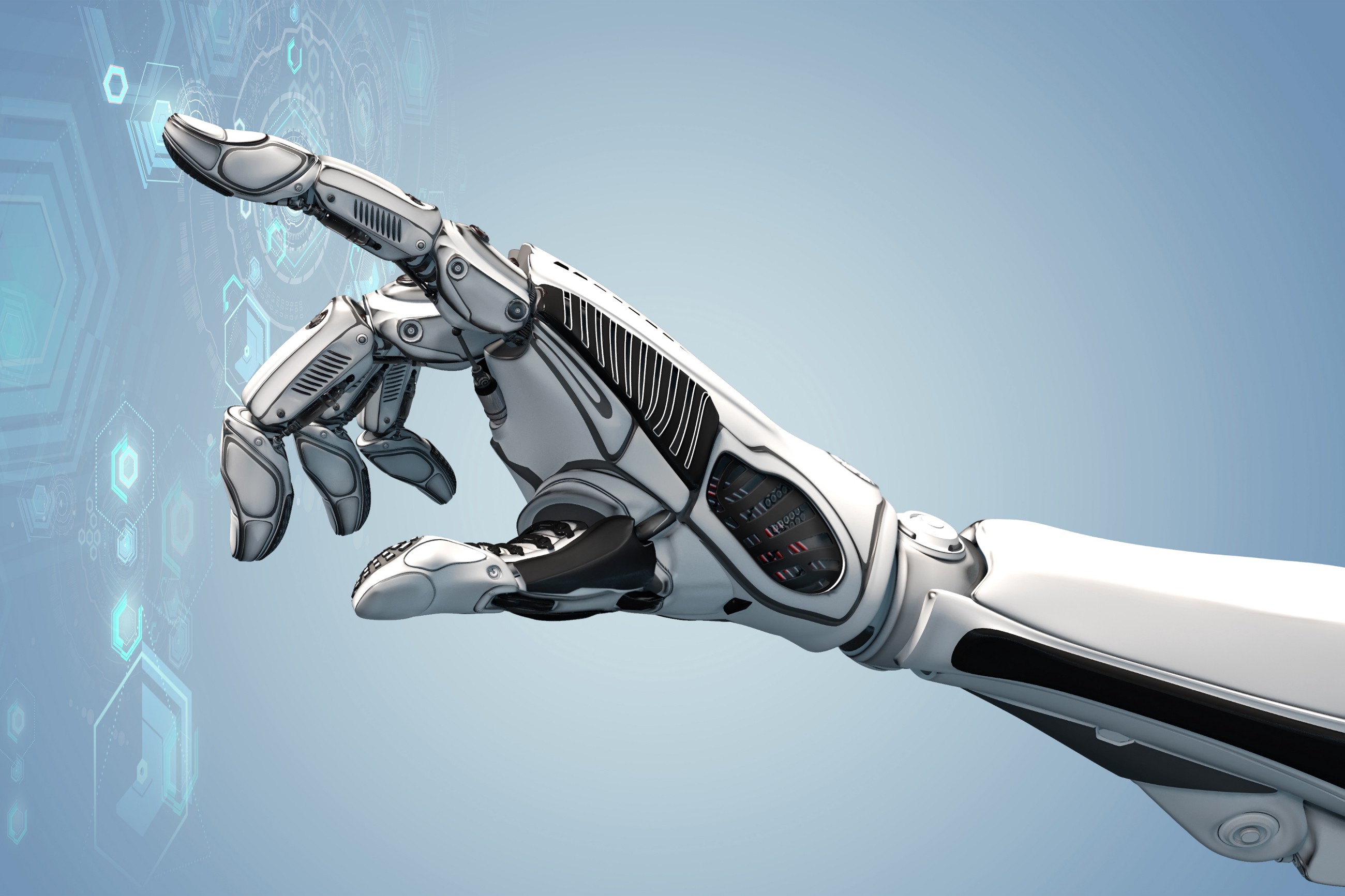
→ Read more
3. How to build a message moderation system. Automatic moderation systems are usually built into web services and applications where a large number of user messages should be processed. Such systems can reduce the cost of manual moderation and speed up moderation by processing all user messages in real time. This article will discuss the development of an automatic moderation system using machine learning algorithms.
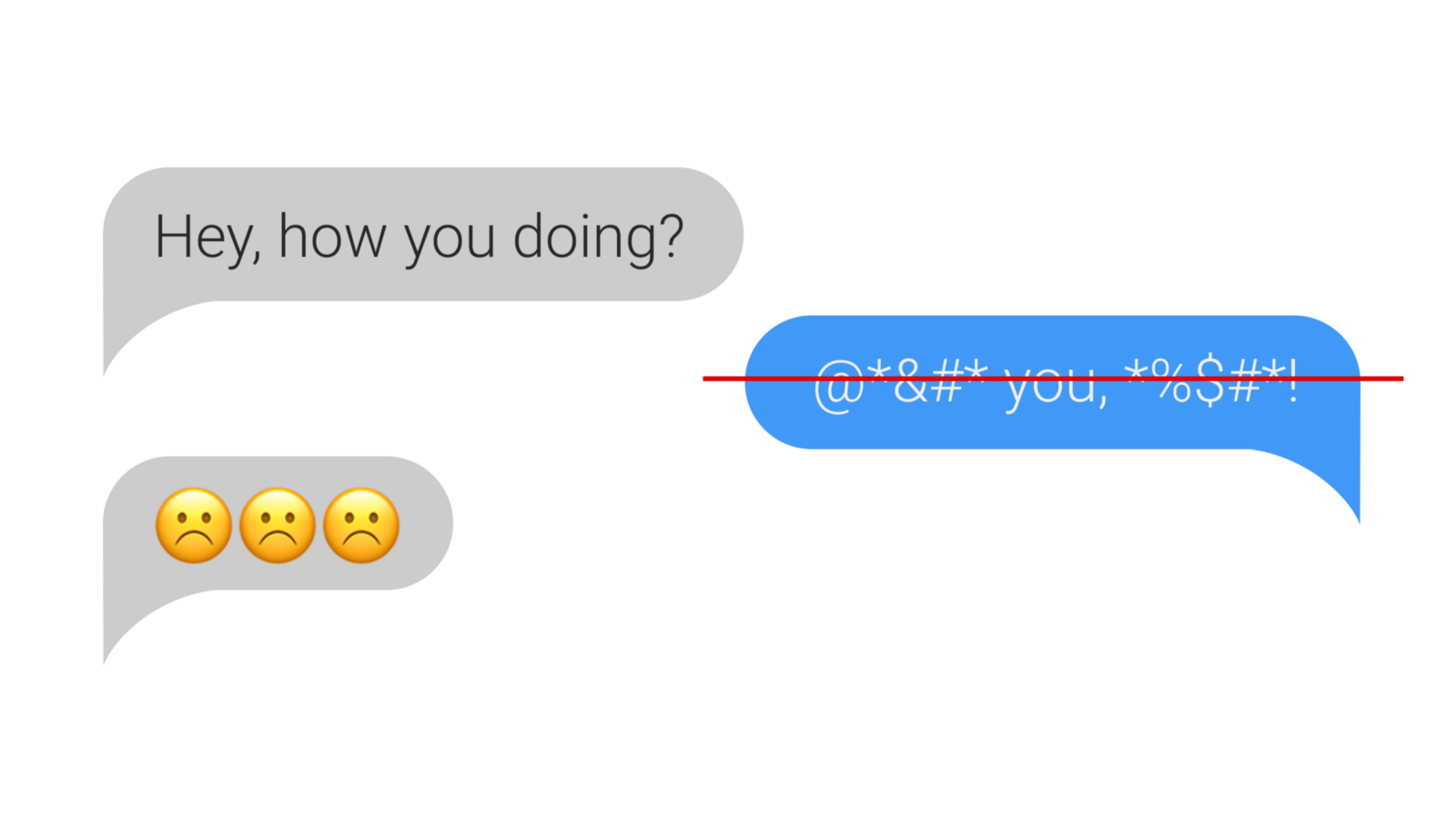
→ Read more
4. A list of artificial intelligence tools that you can use today - for personal use (1/3). For several weeks I have been browsing through literally thousands of sites (over 6000 links) in order to present you a complete list of the best AI products and the most promising companies in this field.

→ Read more
5. A list of artificial intelligence tools that you can use today - for business (2/3). This list includes companies working on products for artificial intelligence and machine learning, mainly for business purposes, not characteristic of any industry.

→ Read more
6. A list of artificial intelligence tools that you can use today - for business (2/3). When creating a complete list, I found that it became too long and confusing, so I decided that it would be easier to split the entire list into 2 parts, for convenience of perception.

→ Read more
7. A list of artificial intelligence tools that you can use today — for a specific industry (3/3). The last piece of the puzzle is part 3. Here is a look at industry companies that use various forms of artificial intelligence to solve really interesting and specific problems for different markets.

→ Read more
8. Working with data in a new way: Pandas instead of SQL. Previously, SQL as a tool was enough for exploratory analysis: quick data retrieval and a preliminary report on it. Now the data comes in different forms and does not always mean “relational databases”. These can be CSV files, plain text, Parquet, HDF5 and more. This is where the Pandas library helps you.
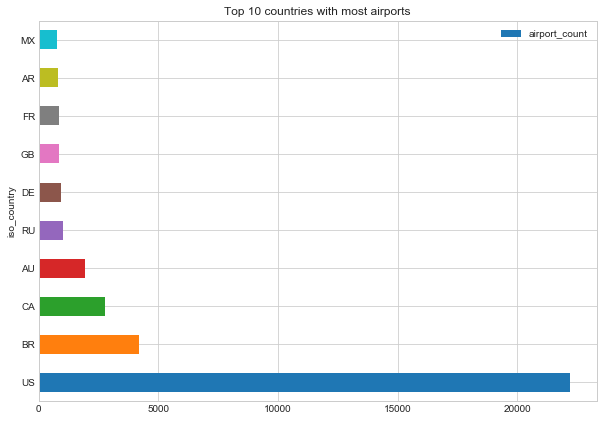
→ Read more
9. The best datasets for machine learning and data analysis. Data analysis and machine learning require a lot of data. It would be possible to assemble them yourself, but this is tiring. Here, ready-made datasets in various categories come to our aid.
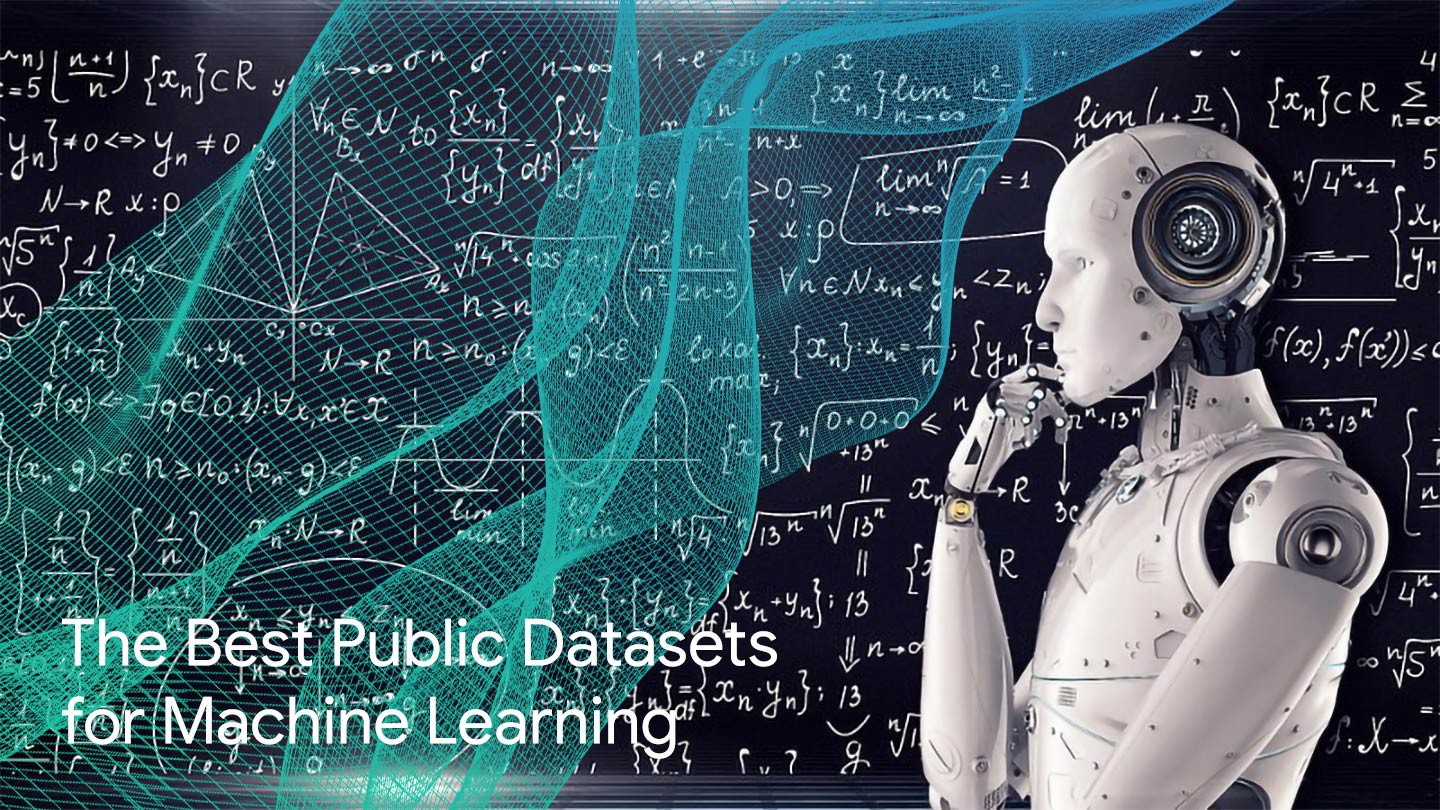
→ Read more
10. Health and blockchain - smart contracts, insurance and supply chains. All with a hint of AI. Smart contracts, programmable

→ Read more
11. How to develop excellent skills for voice assistants in 2019. Accept the right methodologies to begin developing your next skill by reviewing a few key elements of voice interfaces and user experience.
→ Read more
12. Why, when and how to use multithreading and multiprocessing Python. The purpose of this tutorial is to explain why Python requires multithreading and multiprocessing, when to use one on top of another and how to use them in your programs.

→ Read more
13. End-to-end model for analyzing and forecasting data using Python in tabular data SAP HANA. This blog helps you connect to the SAP HANA database (version 1.0 SPS12) and then retrieve data from the HANA table / view and analyze data using the Python Pandas library.
→ Read more
14. Demystification of the Short-Term Memory Network Architecture (LSTM). We use long-term memory (LSTM) and a gated recurrent unit (GRU), which are very effective solutions to solve the problem of a vanishing gradient, and they allow the neural network to capture much further dependencies.
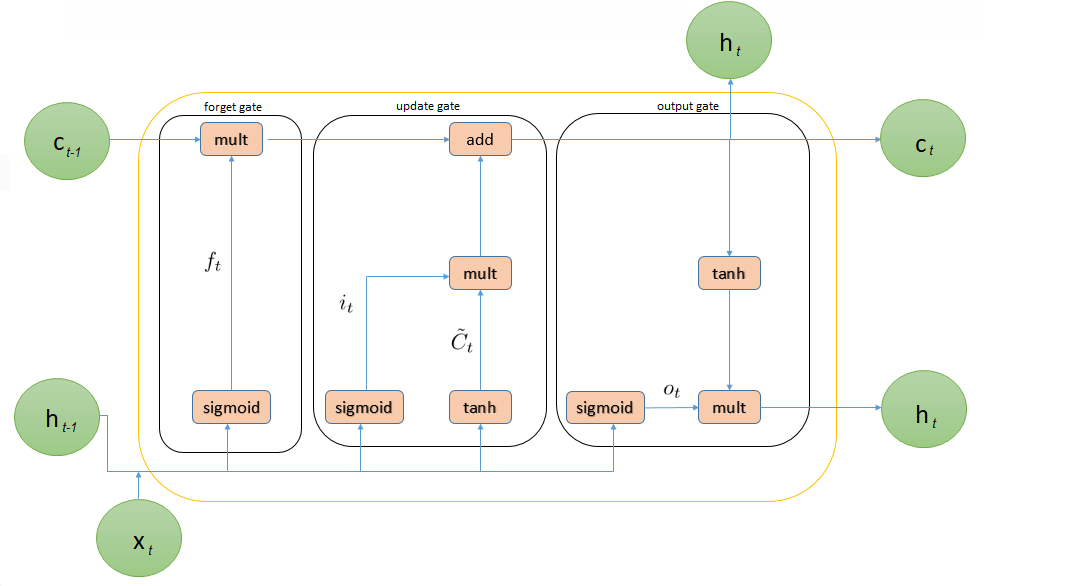
→ Read more
15. Real-time vehicle detection with a frequency of 50 frames per second on an AMD graphics processor. Here we focus on the models for the detection of deep learning objects due to their excellent accuracy.

→ Read more
16. Overview of classification methods in machine learning using Scikit-Learn. A lot of libraries are written for machine learning in Python. Today we look at one of the most popular - Scikit-Learn. Scikit-Learn simplifies the process of creating a classifier and helps to more clearly highlight the concepts of machine learning, realizing them with a clear, well-documented and reliable library.
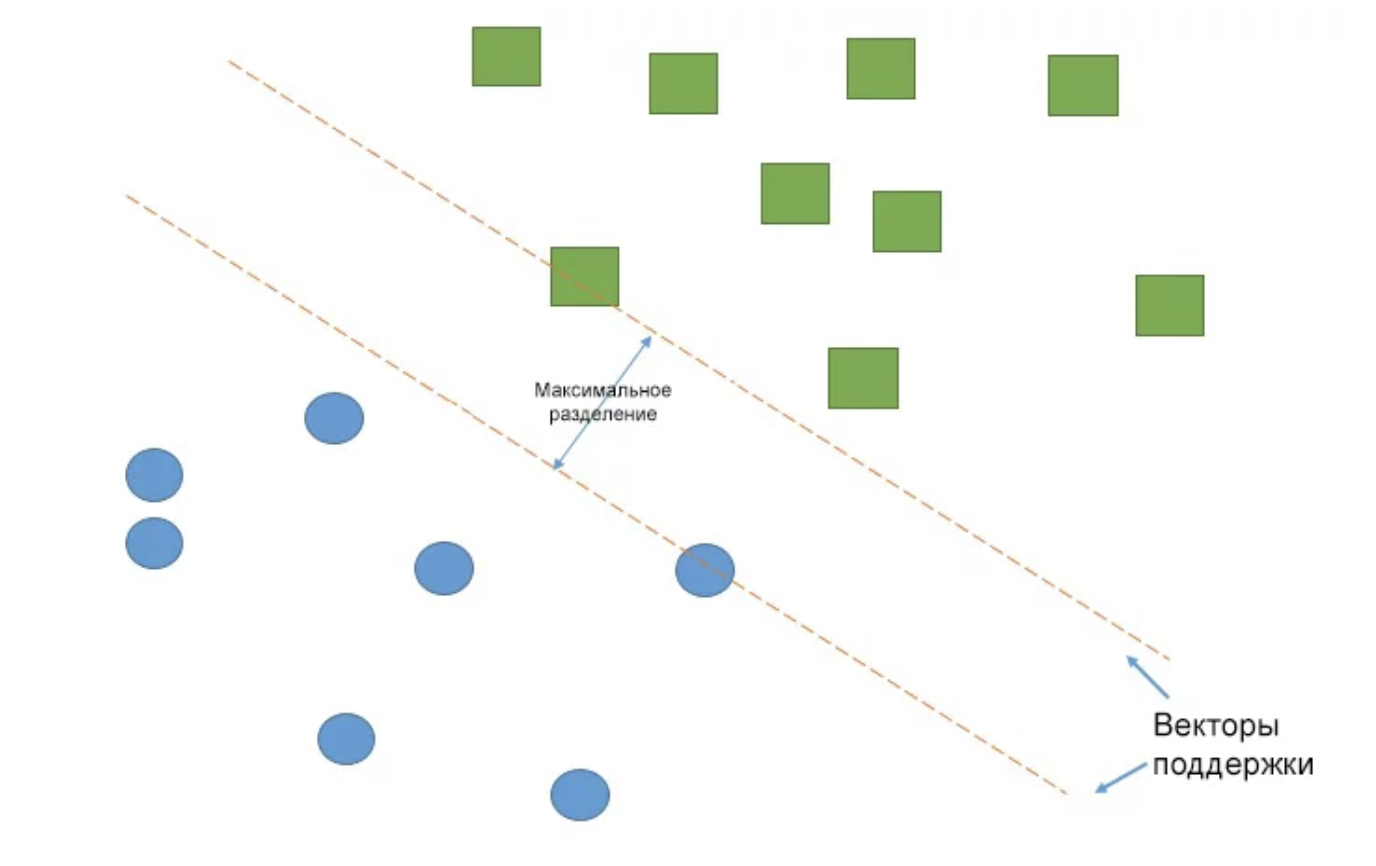
→ Read more
17. Introduction to fornics. Computer forensics (forensica) is an applied science about the disclosure of crimes related to computer information, the study of digital evidence, methods of searching, obtaining and securing such evidence.

→ Read more
18. Artificial intelligence in practice: we create an expert system for making kebabs. It looks like this: the system asks a series of questions, and the subsequent questions depend on the answers received. Then the system makes a conclusion and shows the whole chain of reasoning that led to it. That is, the expert’s knowledge and experience is replicated, and what is no less important - the very course of his reasoning is replicated.

→ Read more
19. Implementation and analysis of the "random forest" algorithm in Python. In this article, we will learn to create and use the Random Forest algorithm in Python. In addition to directly studying the code, we will try to understand the principles of the model. This algorithm is composed of a set of decision trees, so first we will understand how one such tree solves the problem of classification. After that, using the algorithm, we solve the problem using a set of real scientific data. All the code used in this article is available on GitHub in Jupyter Notebook.
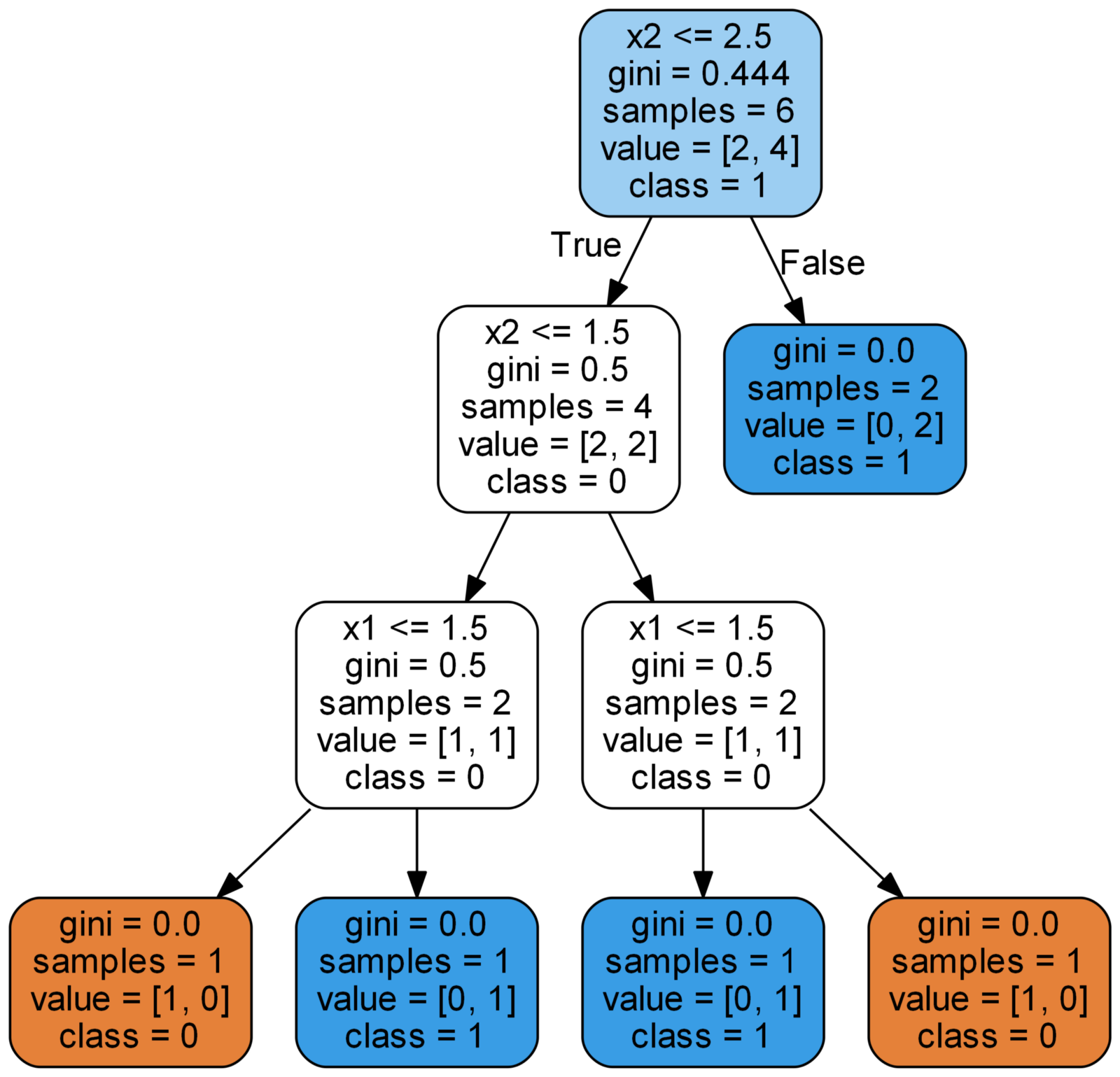
→ Read more
20. Human in the Loop: how to reduce resources on data markup. The use of deep learning and large marked data makes it possible to accurately simulate a spectrum of various phenomena. Data markup is a resource-intensive process, and not always tagged data is publicly available.

→ Read more
21. The Simpsons received data visualization. Naturally, when I discovered that I could download all the episode scripts I could ever want (via kaggle), I knew what I had to do. Having access to everything Homer ever said, I could not resist putting on my hat for a data explorer to express some ideas from one of the most exciting animated television shows of the last three decades.

→ Read more
22. How can beginners create cool data visualizations? For data analysts, visualization is always a timeless study, because it reveals the laws underlying the data.

→ Read more
23. Set up automatic AWS Lambda Data Pipeline alerts.
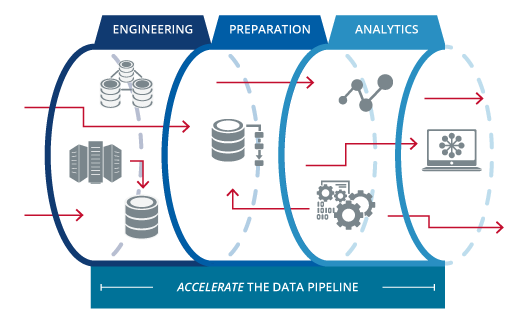
→ Read more
24. Comprehensive modern textbook on image recognition. Fast multiclass image classification using fastai and PyTorch libraries

→ Read more
25. Deep Domain adaptation in computer vision. Over the past decade, the field of computer vision has achieved tremendous success. This progress is mainly due to the undeniable effectiveness of convolutional neural networks (CNN). CNN allows you to make very accurate predictions if they are trained using high-quality annotated training data.
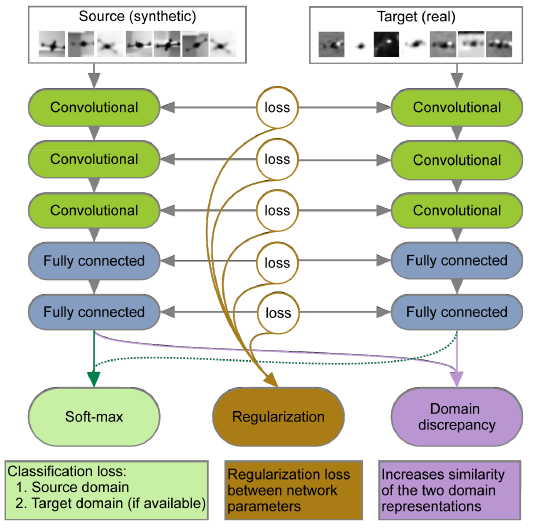
→ Read more
26. Optimization of the neural network. Coverage optimizers, momentum, adaptive learning speeds, batch normalization and much more.
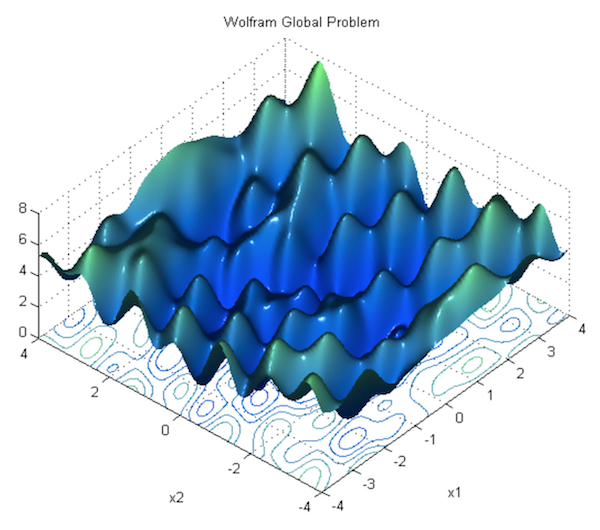
→ Read more
27. Algorithmic solutions to algorithmic bias: technical guidance. I want to talk about technical approaches to mitigating algorithmic bias.
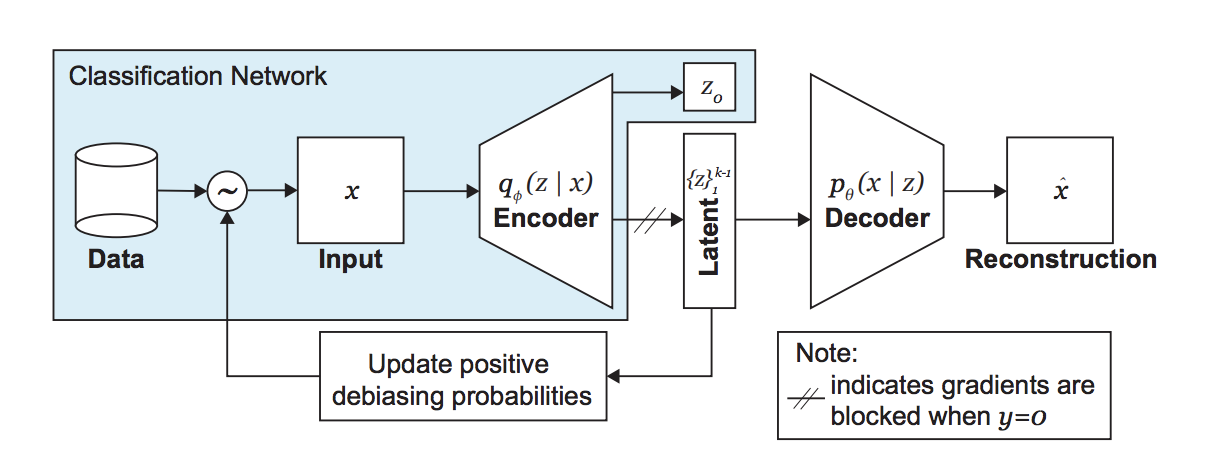
→ Read more
28. Guiding computer design. Design assistance through machine learning.

→ Read more
29. Data set generation: creating thumbnails of photos using GAN. The data are the basis of our models ML and DL. We cannot create strong programs if we do not have an appropriate data set for learning algorithms.

→ Read more
Who has not read my news digest for June, leave a link .
This concludes our short digest. Bookmark, share with colleagues, draw conclusions and work productively. On an ongoing basis, this digest goes to the Neuron telegram channel (@ neurondata) and subscribe to me in Habré, do not miss the following digests.
All knowledge!
Filtering out a large number of articles, conferences and subscriptions, I collected for you all the most significant guides, articles and life hacks from the world of machine learning and artificial intelligence. Enjoy everyone!
1. Projects of artificial intelligence, with which you can play today. What do you know about artificial intelligence and machine learning? Modern trend or potentially powerful force capable of killing people? These fashionable concepts are increasingly heard, but not everyone knows what it really is. The time has come to study these technologies with the help of a simple and interesting approach - to try artificial intelligence and neural networks independently in practice.
')

→ Read more
2. Studying AI, if you do not understand anything in mathematics. Maybe you would like to dig deeper and run an image recognition program in TensorFlow or Theano? Perhaps you are an awesome developer or system architect and you know computers very well, but there is only one small problem: you don’t understand math.

→ Read more
3. How to build a message moderation system. Automatic moderation systems are usually built into web services and applications where a large number of user messages should be processed. Such systems can reduce the cost of manual moderation and speed up moderation by processing all user messages in real time. This article will discuss the development of an automatic moderation system using machine learning algorithms.

→ Read more
4. A list of artificial intelligence tools that you can use today - for personal use (1/3). For several weeks I have been browsing through literally thousands of sites (over 6000 links) in order to present you a complete list of the best AI products and the most promising companies in this field.

→ Read more
5. A list of artificial intelligence tools that you can use today - for business (2/3). This list includes companies working on products for artificial intelligence and machine learning, mainly for business purposes, not characteristic of any industry.

→ Read more
6. A list of artificial intelligence tools that you can use today - for business (2/3). When creating a complete list, I found that it became too long and confusing, so I decided that it would be easier to split the entire list into 2 parts, for convenience of perception.

→ Read more
7. A list of artificial intelligence tools that you can use today — for a specific industry (3/3). The last piece of the puzzle is part 3. Here is a look at industry companies that use various forms of artificial intelligence to solve really interesting and specific problems for different markets.

→ Read more
8. Working with data in a new way: Pandas instead of SQL. Previously, SQL as a tool was enough for exploratory analysis: quick data retrieval and a preliminary report on it. Now the data comes in different forms and does not always mean “relational databases”. These can be CSV files, plain text, Parquet, HDF5 and more. This is where the Pandas library helps you.

→ Read more
9. The best datasets for machine learning and data analysis. Data analysis and machine learning require a lot of data. It would be possible to assemble them yourself, but this is tiring. Here, ready-made datasets in various categories come to our aid.

→ Read more
10. Health and blockchain - smart contracts, insurance and supply chains. All with a hint of AI. Smart contracts, programmable
if/then operators, which could be implemented on the blockchain network, came to this. This will allow you to quickly and efficiently calculate and execute solutions with stored data without the need for human processing.
→ Read more
11. How to develop excellent skills for voice assistants in 2019. Accept the right methodologies to begin developing your next skill by reviewing a few key elements of voice interfaces and user experience.
→ Read more
12. Why, when and how to use multithreading and multiprocessing Python. The purpose of this tutorial is to explain why Python requires multithreading and multiprocessing, when to use one on top of another and how to use them in your programs.

→ Read more
13. End-to-end model for analyzing and forecasting data using Python in tabular data SAP HANA. This blog helps you connect to the SAP HANA database (version 1.0 SPS12) and then retrieve data from the HANA table / view and analyze data using the Python Pandas library.
→ Read more
14. Demystification of the Short-Term Memory Network Architecture (LSTM). We use long-term memory (LSTM) and a gated recurrent unit (GRU), which are very effective solutions to solve the problem of a vanishing gradient, and they allow the neural network to capture much further dependencies.

→ Read more
15. Real-time vehicle detection with a frequency of 50 frames per second on an AMD graphics processor. Here we focus on the models for the detection of deep learning objects due to their excellent accuracy.

→ Read more
16. Overview of classification methods in machine learning using Scikit-Learn. A lot of libraries are written for machine learning in Python. Today we look at one of the most popular - Scikit-Learn. Scikit-Learn simplifies the process of creating a classifier and helps to more clearly highlight the concepts of machine learning, realizing them with a clear, well-documented and reliable library.

→ Read more
17. Introduction to fornics. Computer forensics (forensica) is an applied science about the disclosure of crimes related to computer information, the study of digital evidence, methods of searching, obtaining and securing such evidence.

→ Read more
18. Artificial intelligence in practice: we create an expert system for making kebabs. It looks like this: the system asks a series of questions, and the subsequent questions depend on the answers received. Then the system makes a conclusion and shows the whole chain of reasoning that led to it. That is, the expert’s knowledge and experience is replicated, and what is no less important - the very course of his reasoning is replicated.

→ Read more
19. Implementation and analysis of the "random forest" algorithm in Python. In this article, we will learn to create and use the Random Forest algorithm in Python. In addition to directly studying the code, we will try to understand the principles of the model. This algorithm is composed of a set of decision trees, so first we will understand how one such tree solves the problem of classification. After that, using the algorithm, we solve the problem using a set of real scientific data. All the code used in this article is available on GitHub in Jupyter Notebook.

→ Read more
20. Human in the Loop: how to reduce resources on data markup. The use of deep learning and large marked data makes it possible to accurately simulate a spectrum of various phenomena. Data markup is a resource-intensive process, and not always tagged data is publicly available.

→ Read more
21. The Simpsons received data visualization. Naturally, when I discovered that I could download all the episode scripts I could ever want (via kaggle), I knew what I had to do. Having access to everything Homer ever said, I could not resist putting on my hat for a data explorer to express some ideas from one of the most exciting animated television shows of the last three decades.

→ Read more
22. How can beginners create cool data visualizations? For data analysts, visualization is always a timeless study, because it reveals the laws underlying the data.

→ Read more
23. Set up automatic AWS Lambda Data Pipeline alerts.

→ Read more
24. Comprehensive modern textbook on image recognition. Fast multiclass image classification using fastai and PyTorch libraries

→ Read more
25. Deep Domain adaptation in computer vision. Over the past decade, the field of computer vision has achieved tremendous success. This progress is mainly due to the undeniable effectiveness of convolutional neural networks (CNN). CNN allows you to make very accurate predictions if they are trained using high-quality annotated training data.

→ Read more
26. Optimization of the neural network. Coverage optimizers, momentum, adaptive learning speeds, batch normalization and much more.

→ Read more
27. Algorithmic solutions to algorithmic bias: technical guidance. I want to talk about technical approaches to mitigating algorithmic bias.

→ Read more
28. Guiding computer design. Design assistance through machine learning.

→ Read more
29. Data set generation: creating thumbnails of photos using GAN. The data are the basis of our models ML and DL. We cannot create strong programs if we do not have an appropriate data set for learning algorithms.

→ Read more
Who has not read my news digest for June, leave a link .
This concludes our short digest. Bookmark, share with colleagues, draw conclusions and work productively. On an ongoing basis, this digest goes to the Neuron telegram channel (@ neurondata) and subscribe to me in Habré, do not miss the following digests.
All knowledge!
Source: https://habr.com/ru/post/458804/
All Articles